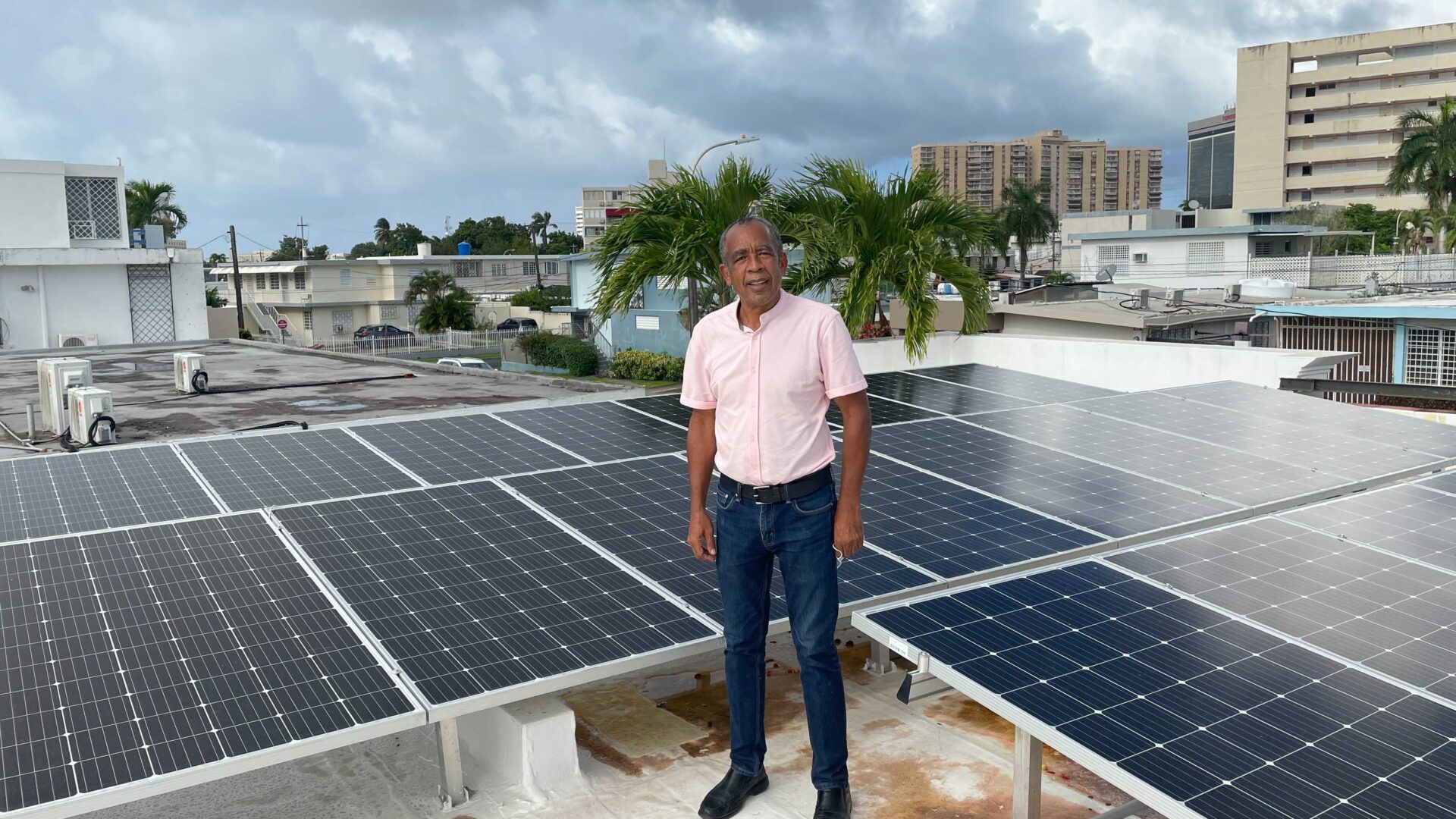Five things you need to know about solar

Support for solar is growing, and for good reason. With more than five million solar homes and counting in the U.S., going solar is a great investment that provides clean, reliable, and affordable energy. Going solar is an exciting switch that not only saves consumers money but strengthens the economy by creating jobs in the process. Thinking about making the solar switch but want to know more about the ins and outs of solar energy? Keep reading to learn more!
1. Solar saves you money
Solar energy is a reliable, lower-cost form of energy that can significantly reduce your monthly electric bills. Thanks to systems like net metering, each unit of solar electricity produced is one less unit purchased from an electric company. Depending on market conditions and system performance, solar panels pay for themselves within four–12 years and are expected to last 25–50 years. Installing panels can also increase home value and offer additional revenue through programs like Solar Renewable Energy Credits (SRECs).
2. A roof can impact solar production and longevity
For optimal solar production and longevity, homeowners should prioritize south-facing, mostly unshaded roofs with at least 200 square feet of continuous space and consider replacing roofs older than 15 years before solar installation. For those with roofs that are not solar-ready, ground-mounted panels are a great alternative for property owners.
Wondering if your home is a good fit for solar?
Sign up for our free roof review to get your solar story started or learn more about solar-ready buildings.
3. Solar isn’t just for houses
Going solar is still an option even for renters or homeowners who don’t have solar-ready buildings. Condos and multi-family buildings can go solar through either direct or third-party ownership (third-party ownership depends on the state) through a process called community solar. Community solar allows people to subscribe to a project which gives solar energy credits to participants without requiring them to install panels. Learn more about community solar efforts.
4. Battery storage is an essential component of energy independence
During blackouts, standard grid-tied solar systems automatically shut down to protect electrical workers as they repair outages. To keep your solar-powered lights on during outages, it is essential to have a battery storage system. Download our Battery Storage Guide to learn how battery back up works, what batteries cost, and if adding battery storage is right for you.
5. Solar-powered communities are resilient
Going solar can strengthen infrastructure for communities that are at high risk of natural disaster. Powering a neighborhood, or in some cases, entire cities on a decentralized solar grid increases the communities’ stability and resilience, allowing them to maintain power even when disaster strikes.
La Margarita, a neighborhood in Salinas, Puerto Rico, is one community making the solar switch. By implementing a smart solar system along with distributed “microgrid-ready” residential solar and storage systems, homes, apartments, and businesses can achieve electricity security. Since the community is prone to flooding and has suffered through hurricanes Maria and Fiona, their infrastructure has deteriorated and left them with burdens such as unreliable power. Transitioning to a fully solar powered system allows the La Margarita community to enhance energy reliability and resilience even in the event of natural disaster.
Ready to start your solar journey?
Solar United Neighbors is here for every step of the way to offer free, vendor-neutral guidance. Check out our Go Solar Guide to learn more or contact our free Solar Help Desk for support.
Get the latest on solar straight to your inbox.
Fight for your solar rights.
Everyone has the right to go solar. Spread the sunshine nationwide and in your local community by taking action, joining events, and more.